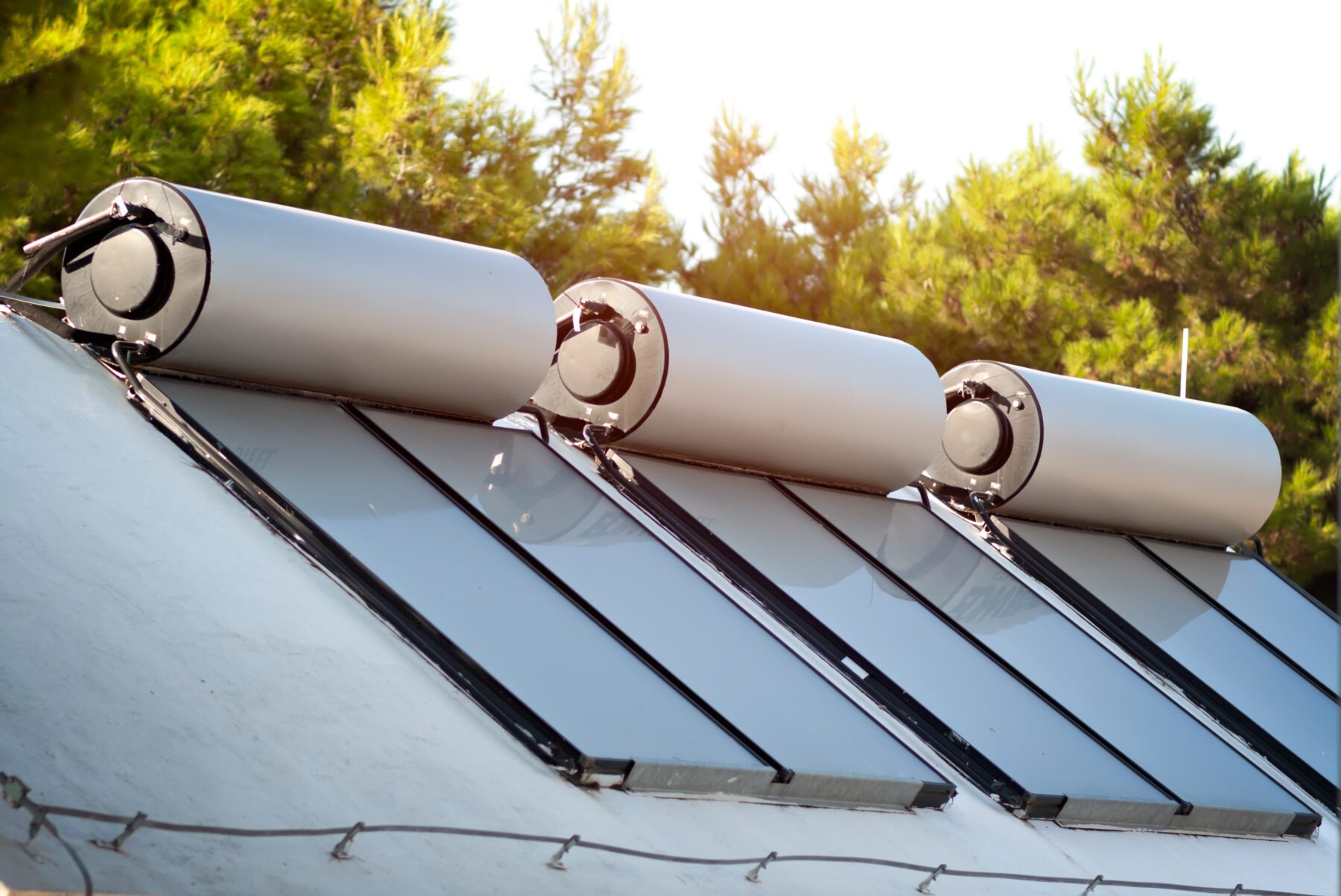When it comes to choosing a solar water heater, it’s essential to understand the different types of solar collectors available. These collectors are responsible for capturing sunlight and converting it into heat, which is then transferred to the water. The efficiency and performance of a solar water heater in Dubai depend heavily on the type of collector used. In this article, we’ll explore the various types of solar collectors and their unique benefits to help you make an informed decision for your home or business.
1. Flat-Plate Collectors
Flat-plate collectors are one of the most commonly used types of solar collectors for water heating. These collectors consist of a large, flat surface made of glass, which is designed to capture solar radiation. Beneath the glass surface, a series of metal tubes or pipes are connected to a heat-absorbing plate. The sun’s energy heats the plate, which then transfers the heat to the water flowing through the pipes.
Flat-plate collectors are popular because they are cost-effective, durable, and perform well in a wide range of climates, including sunny regions like Dubai. They are ideal for residential applications, where space is available for installation on the roof or other open areas.
Benefits:
- Easy to install and maintain
- Affordable option for residential homes
- Works well in moderate to sunny climates
Drawbacks:
- Performance may be reduced in colder climates or during overcast weather
2. Evacuated Tube Collectors
Evacuated tube collectors are a more advanced and efficient type of solar collector. These collectors are made up of multiple glass tubes, each containing a vacuum between two layers of glass. Inside each tube is a metal absorber plate that captures solar radiation. The vacuum serves as an insulating layer, which reduces heat loss and allows these collectors to maintain higher temperatures even in colder conditions.
Evacuated tube collectors are particularly effective in areas with cooler climates or for those looking for maximum efficiency. In hot climates like Dubai, these collectors can provide exceptional performance during the summer months, offering more reliable hot water.
Benefits:
- High efficiency, especially in cold or cloudy weather
- Performs well in extreme temperatures
- Ideal for commercial and industrial applications
Drawbacks:
- More expensive than flat-plate collectors
- Requires more space for installation due to the multiple tubes
3. Integral Collector Storage Systems (ICS)
Integral collector storage systems (ICS), also known as batch heaters, are a simpler form of solar water heating system. In this type of system, water is heated directly within the collector itself. The collector consists of a large, insulated tank that contains a heat-absorbing surface, usually painted black, to maximize the absorption of sunlight. The water flows through the tank, where it is heated by the sun before being stored for use.
ICS systems are ideal for areas with moderate temperatures and are best suited for smaller applications, such as homes or vacation cabins. While they can be highly efficient, they are not as versatile as other systems when it comes to handling large water demands.
Benefits:
- Simple and cost-effective design
- Low maintenance and easy to install
- Ideal for small households or off-grid systems
Drawbacks:
- Limited capacity for large water needs
- Performance can be affected in very cold climates
4. Concentrated Solar Collectors
Concentrated solar collectors use mirrors or lenses to concentrate sunlight onto a small, high-efficiency absorber. This concentrated energy heats the water or a heat transfer fluid, which is then used to heat water. These systems are typically used for high-demand applications, such as commercial or industrial buildings, and can provide a substantial amount of hot water when needed.
Concentrated solar collectors are less common for residential use, but they can be highly efficient in areas with consistent sunlight, such as Dubai. They are particularly useful when large quantities of hot water are required for industrial processes, swimming pools, or large hotels.
Benefits:
- High efficiency for large-scale applications
- Ideal for high-temperature processes
Drawbacks:
- High initial investment
- Requires a large area for installation
5. Hybrid Solar Water Heaters
Hybrid solar water heaters combine traditional solar collectors with backup heating elements, such as electrical or gas-powered systems. These systems are designed to provide hot water throughout the year, even during periods of low solar radiation, such as cloudy weather or winter months.
Hybrid systems are beneficial in regions that experience fluctuating weather conditions or where consistent solar energy is not guaranteed. For example, in a place like Dubai, where sunlight is abundant but occasional cloudy days can occur, a hybrid solar water heater can ensure a steady supply of hot water.
Benefits:
- Continuous hot water supply, even during cloudy periods
- Lower energy costs than conventional water heating systems
Drawbacks:
- Higher installation costs
- Requires a backup heating system, which increases energy consumption
Conclusion
Choosing the right solar water heater in Dubai or any other region depends on your specific needs, budget, and available space. Whether you opt for the cost-effective flat-plate collectors, the high-efficiency evacuated tube collectors, or the simplicity of ICS systems, each type of solar collector has its own set of advantages and drawbacks. By understanding the different types of solar collectors, you can make an informed decision and enjoy the benefits of clean, renewable energy while reducing your carbon footprint and energy costs.
